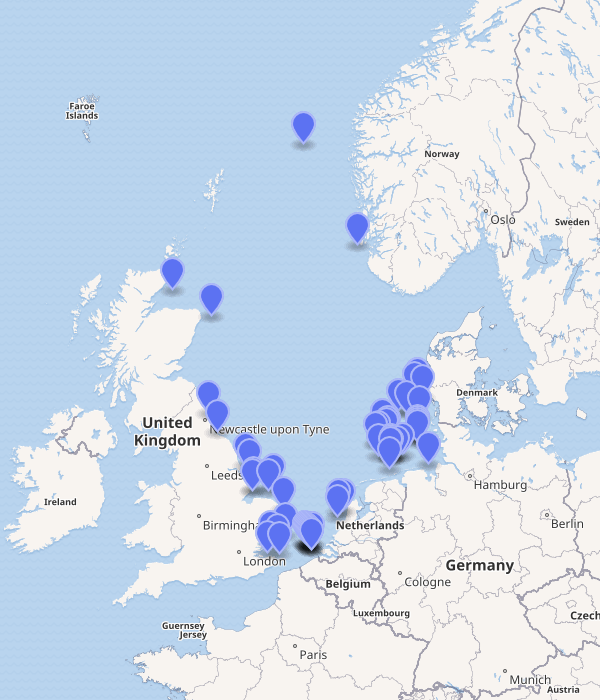Notes from an Environmentalist.
NE experiences broken blades while North Sea wind Farms flourish.
North Sea Wind Farms
NE experiences broken blades while North Sea wind farms flourish.
In late August GE Verona stocks reached a record high and on September 16th the Bureau of Ocean Energy Management announced it would lease eight sites off Massachusetts, New Hampshire and Maine for offshore wind farms.
The sites would have the potential of producing 13 gigawatts of energy, enough to power 4.5 million homes. This would put the Biden Harris Administration within reach of achieving “30 by 30”, its goal of producing 30 gigawatts by 2030.
Similar leases had been let off New York, the mid-Atlantic, the Gulf of Mexico, California and Oregon. It looked like everything was back on track after President Trump had reneged on the Paris Climate Accords.
However, four days later GE Verona announced it would cut back on its offshore wind business to concentrate on servicing natural gas turbines used to generate the prodigious amount of electricity needed to produce Artificial Intelligence. In other words, we might overheat the world and destroy human civilization but at least we would have Chat-bots to keep us company.
After GE Verona’s broken blades and Connecticut’s welching out on its promise to join other New England states in purchasing electricity from Vineyard II, it was another major blow to offshore wind.
The downsizing would only leave two major offshore wind companies standing in the race to supply coastal cities with offshore wind energy, Siemens of Germany and Vestas of Denmark.
The move would slow down construction, raise prices to both the installer companies and to consumers for their electricity needs.
The announcement also hinted that the three broken blades were just the tip of the iceberg of Verona’s Haliade-X problems. It was a tacit admittance that the company had moved too fast and spent too much money to jump into the risky new business venture.
Vestas and Siemens would have to move more slowly and be careful to develop turbines and blades able to withstand the rigors of the North Atlantic as well as their turbines that had held up so successfully in the North Sea.






